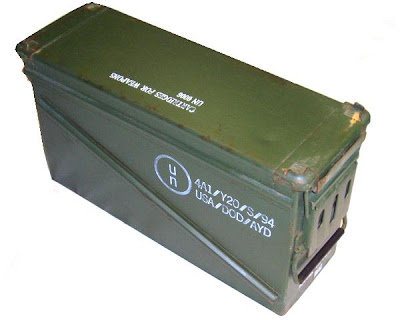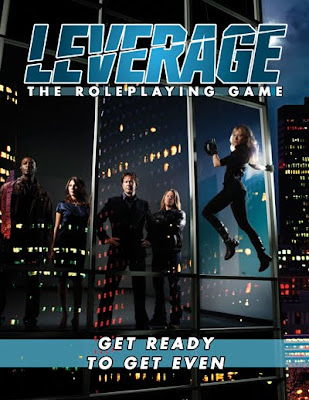I cannot play 4e (or now Gamma World) without regretting the lack of openness of the system. I really dig the 4e engine, and I love the sheer breadth of things that one might do with it. When something new, like Essentials comes along, I get excited and think about the things I’d do with that (like make more classes – I would SO much rather make an essentials class than a core one). Then I remember that no, that’s not really an option.
I mean, yes, I can still write about it, and if I have an idea for a hack, I can blog about it, but if I really want to put some serious work into making something solid? I immediately balk.
Now, yes, nominally I have the same problem with any other closed system, but the reality is more messed up. Posting a hack for Leverage or Dragon Age theoretically has the same problems, but I’m much more open to doing so for a couple reasons. Some of them have to do with the respective companies, but that’s actually a very small part of it. The big issue is that 4e is a _little bit_ open, and in many ways, that’s worse than not being open at all.
That may seem paradoxical, but consider this. If I hack Smallville, I feel that so long as I proceed on good faith, I’m fine. I might write up an adventure or some alternate rules, and if by some chance I ever go to far, I can be told to back off, and I will. It’s MWP’s game, and I’m just showing it some love. In contrast, with 4e, there’s no issue of good faith. WOTC has laid out in black and white, via their GSL, where they consider the boundaries to be (and that I need to sign an agreement to go that far). Yes, I could ignore the agreement and treat it like any other game, but that feels like playing with fire. The simple reality is that if I’m going to make a mistake in my enthusiasm, I don’t want to make it with WOTC. Too much likelihood of a response that I won’t like.
This might be ok if the boundaries of the GSL were at least broad enough to play in, but they’re explicitly not. In fact, the scope of the GSL is treated as an afterthought in every way except the things it excludes. Hell, I’d even be leery of writing and adventure for fear of accidentally using a monster that WOTC considers protected content.
Now, maybe I worry to much. I’ll cop to that. But whatever the amount of worrying you consider appropriate, I’d suggest that it’s still more of a headache than dealing with a truly open system. And that’s a big part of why we dig openness in games. We like what people do with Fate, and we’re glad they have the chance to do so.
To my mind, the only downside of open systems is that at the moment there are only so many of them that are reliably open, and that may sometimes result in people choosing to use one that may not be the best match for their project because they can’t find a good alternative. D20 saw a lot of this, and Fate is hardly immune, but I like to look at this as incentive to get more open systems out there.







